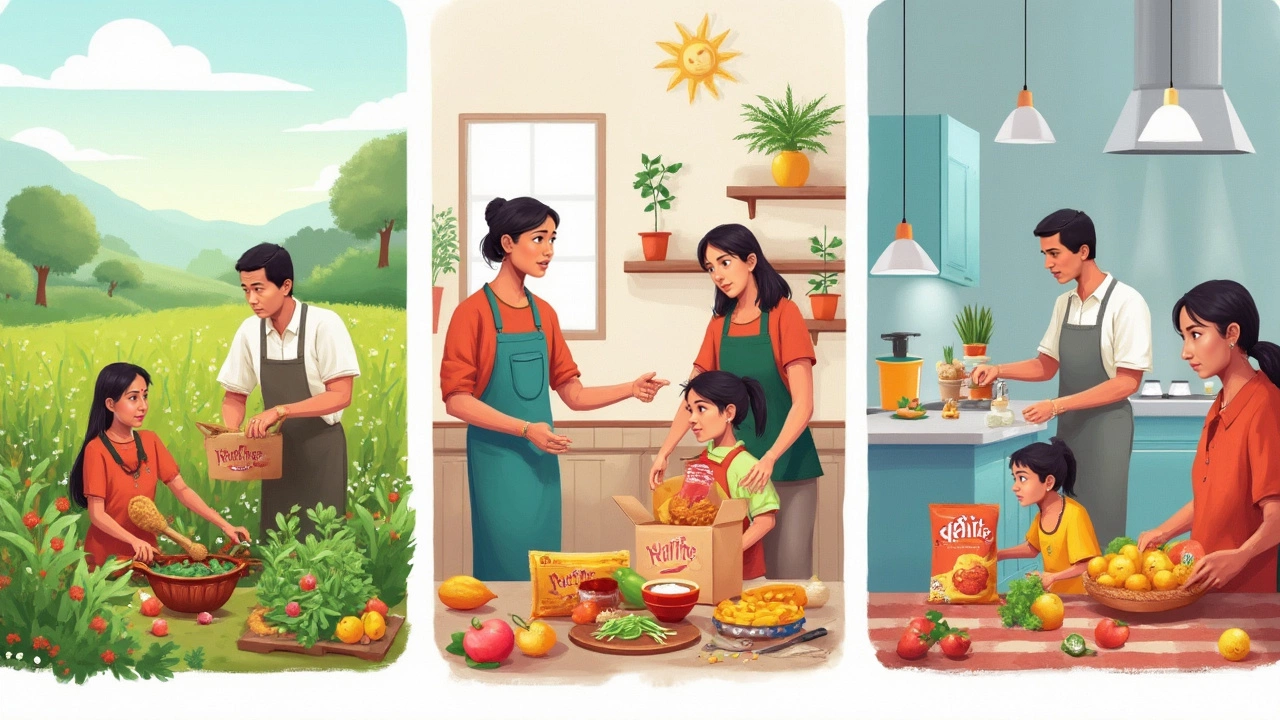Primary Processing: What It Is and Why It Matters
When you hear the term primary processing, think of the first set of steps that turn raw material into a usable product. It’s the bridge between a raw resource—like metal ore, cotton, or wheat—and a finished component that can go on to further manufacturing stages. In India’s fast‑growing factories, primary processing sets the pace for quality, cost, and speed.
Why should you care? Because the efficiency of this stage often decides whether a business can stay competitive. A smoother primary process means less waste, lower energy bills, and faster time‑to‑market. In simple terms, it’s the part of the operation that can make or break your profit line.
Key Elements of Primary Processing
Most industries share three core activities at this stage:
- Material preparation – cleaning, sorting, and sizing raw inputs so machines can handle them.
- Initial transformation – using processes like crushing, melting, or grinding to change the material’s physical form.
- Quality check – spotting defects early before they move downstream.
Take a food processing unit, for example. It first washes and cuts raw vegetables, then uses blenders or ovens to create a semi‑finished product, and finally inspects the batch for contaminants. Each step follows the same three‑point pattern.
Practical Tips to Boost Your Primary Processing
1. Standardize the workflow. Write down each action, assign responsibility, and stick to the plan. A clear SOP reduces variation and speeds up training.
2. Invest in the right equipment. Modern crushers, extruders, or washing lines often have lower energy consumption and higher throughput than older models.
3. Monitor key metrics. Track material loss, cycle time, and defect rate. Simple charts can reveal bottlenecks before they turn into costly shutdowns.
4. Train the team. Even the best machines need skilled operators. Short, hands‑on sessions keep staff sharp and safety high.
5. Leverage local expertise. India has a growing network of consultants who specialize in primary processing for sectors like pharma, textiles, and metalworking. Their advice can cut months of trial‑and‑error.
When you apply these steps, you’ll see faster production cycles, lower waste, and a stronger bottom line. That’s the real payoff of getting primary processing right.
Looking for real‑world examples? Our recent articles cover everything from food processing units to the 5 M’s of manufacturing, showing how each principle works on the shop floor. Dive into those posts for deeper insights and data‑backed strategies.
Bottom line: primary processing is the foundation of any manufacturing effort. Treat it as a priority, and you’ll set the stage for successful, scalable growth in India’s competitive industrial landscape.
Three Major Types of Food Processing: What Sets Them Apart?
This article breaks down the three major types of food processing and how they shape what lands on your plate. You'll get straight facts on how food moves from the farm to your kitchen through different processing stages. The article shares real-world examples you know and use daily, tips to spot processed foods, and why each step matters. It also covers some lesser-known impacts on quality, safety, and price. You'll walk away ready to choose what fits your needs best next time you shop.
Read More
